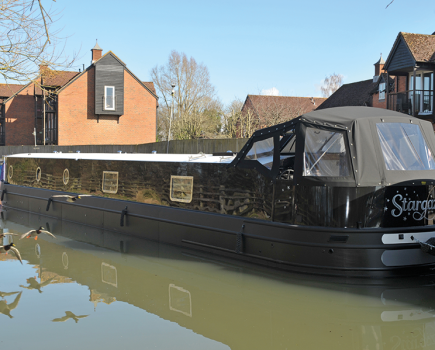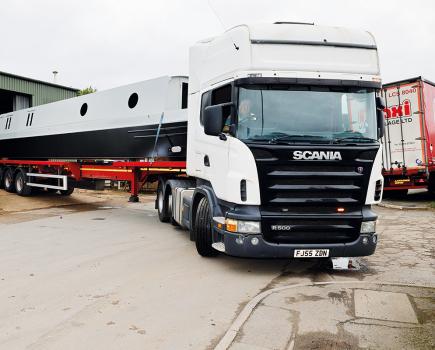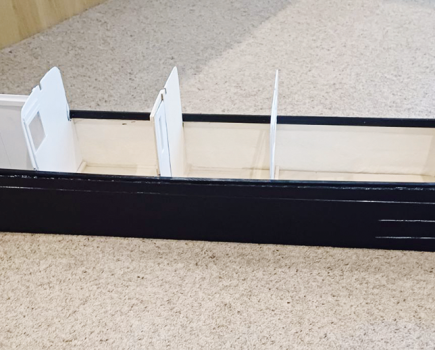James Turner explains some technical aspects of fridges for boats and compares a selection from the key suppliers for power consumption and price

Refrigeration is all about heat exchange. Many readers will remember from science lessons at school that heat isn’t lost or gained, but exchanged. Put simply, for a fridge to work – to be colder inside the box than outside – you have to have a heat exchanger. This makes the inside cold and the outside hot; how the device disperses the excess heat ‘extracted’ from inside the box is crucial to efficiency and power economy.

The ease and economy of achieving the heat exchange is variable. In a boat of any kind, the most efficient heat exchanger carries away the excess heat in water, in much the same way that excess engine heat is dissipated via water in a skin tank on the side of the swim. Such systems are expensive, though, so it’s much more common to use air as the medium for removing the heat from the ‘hot’ side of the heat exchanger. As you would expect, the hotter the ambient air, the more difficult it is to dissipate the excess heat, so the more power is used. Hence, air-cooled fridges tend to use more power in summer than in winter.

Caravan gas powered fridges, which offer 12v, gas or mains operation, should be avoided. You are no longer permitted to install this type of fridge running on gas on a canal boat, though you are permitted to continue to service one which was installed prior to the ban.

You might think you can use it just on 12v, but the power consumption, which is unregulated, will be around 8 amps – that’s a crippling 192A per day. Some people fit domestic fridges in boats, primarily because they are so much cheaper than 12v ones. The downside is that, when you’re away from shore power, you have to have an inverter running 24 hours a day to keep the fridge going. The inverter on our boat Poppy uses one amp in ‘overhead’ so, to keep it on all day, would take 24A plus the power needed to run any equipment.
In addition, an inverter running at low output is probably only about 50 percent efficient, as most inverters only reach maximum efficiency at around 80 percent of maximum output. So, unless you’re based in a marina – and when you’re cruising you run your engine every day – you’re miles better off with a 12v fridge. Bear in mind, though, that if you buy a 12v fridge which does not also have mains input, you’ll need to keep a battery charger running all the time, or buy a purpose-made power converter for the fridge.
Some of the less expensive marine fridge makers use skin condensers – using the outer surface of the fridge to disperse the heat – however, this could be a problem if the fridge is built into a tight space.
Ice or not?
We bought a larder fridge for Poppy, which doesn’t have an icebox or any ability to freeze, but has more space in the fridge part and uses less power. If you want ice or a small freezer compartment, you lose a bit of fridge space and might find slightly higher power consumption. If you opt for a full-blown fridge-freezer, you will certainly use more power.
Summary
The lowest price option is a domestic fridge, but it will hammer your batteries. The compressor uses twice the power of a marine fridge, and the inverter will have to run 24/7 at low efficiency when you’re away from the marina.
If you accept that a marine fridge is the right way to go, decide on whether you want a larder fridge without an ice box, a small ice/freezer compartment, a fridge/freezer or separate fridge and freezer.
For power economy – very important to us as liveaboard slow cruisers, we think a larder fridge is best.
Finally, take a look at our comparison table and visit the websites of the manufacturers to view their entire ranges.
Image(s) provided by:
Archant







